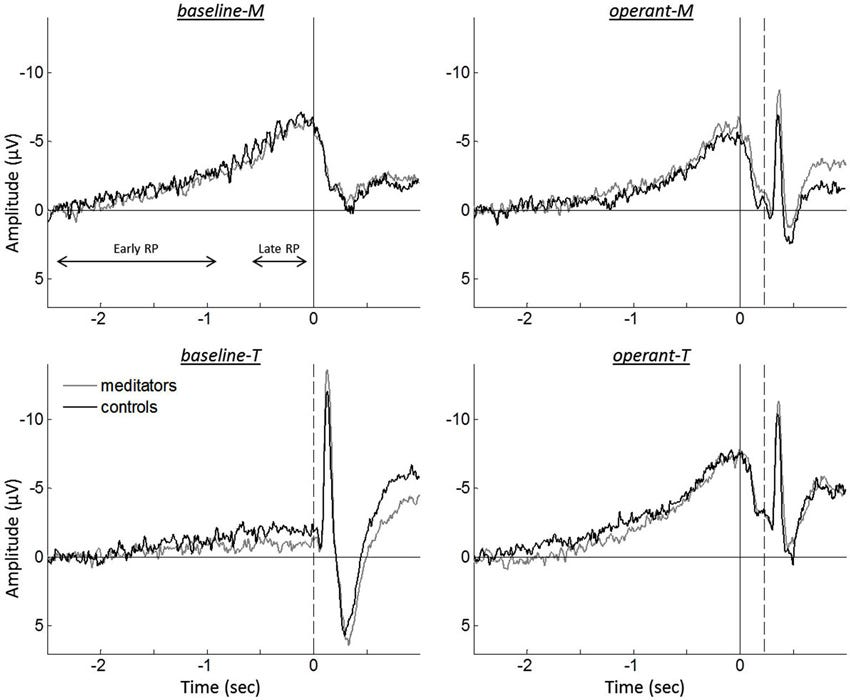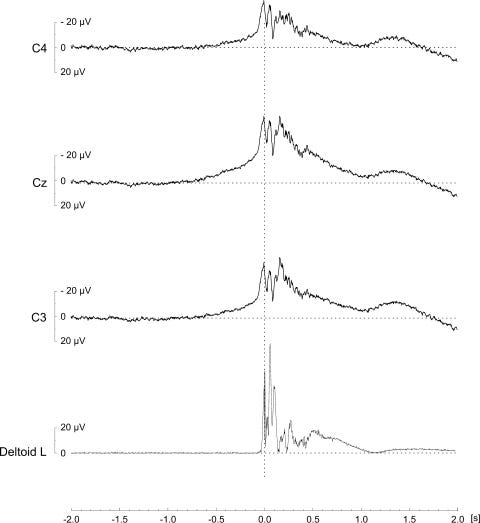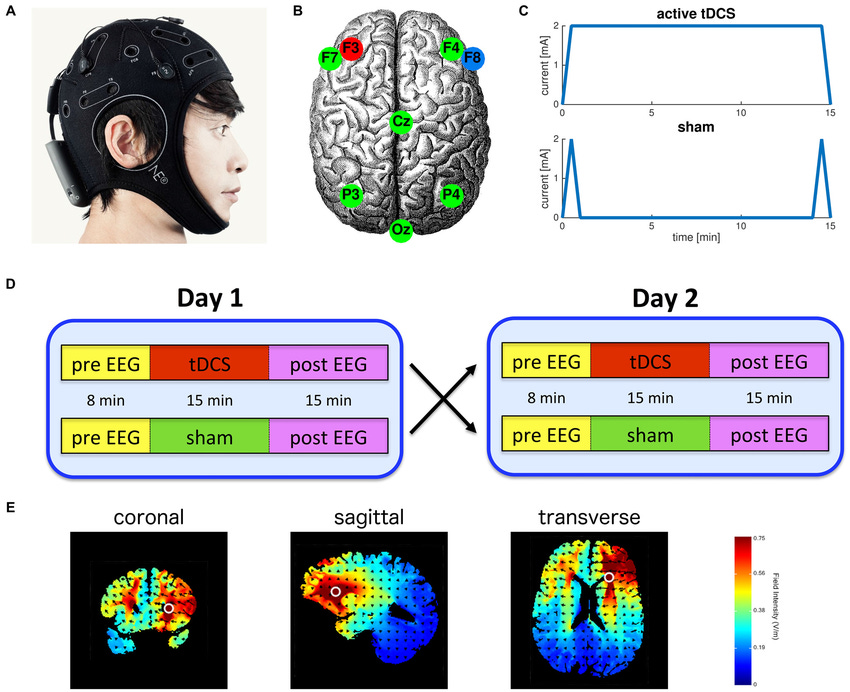The Silent Command: Decoding Intention Before Action- Issue #22
Before Movement, There Is Intention- Imagine standing on a football pitch, seconds before a penalty kick. The crowd roars. Your body is still. But in the milliseconds before your foot strikes the ball, your brain has already issued the command to act, before you’re consciously aware of making the decision.
Welcome to the hidden world of intention: the brain’s silent command that precedes action, and perhaps even free will.
In this special edition of Neurotech Pulse, we dive into the neuroscience of pre-action signals. What can they reveal about motor planning, decision-making, and the future of brain-computer interfaces (BCIs)? And how close are we to building systems that respond to intention before movement?
What Is Intention, Really?
Cognitive science and neuroscience recognize different layers of intention:
Distal intention: A goal to act in the future (e.g., I will study tonight)
Proximal intention: The decision to act now (e.g., I’m opening my laptop)
Implicit vs. explicit intention: Automatic urges vs. conscious decisions
This layered structure helps us understand how fleeting thoughts differ from genuine will—and why decoding intention is both a scientific and ethical challenge.
The Brain's Early Whispers: Readiness Potential
One of the earliest known markers of voluntary movement is the Bereitschaftspotential (readiness potential)—a slow electrical buildup in the motor cortex and supplementary motor areas. First discovered by Kornhuber and Deecke in the 1960s, it begins up to 1.5 seconds before any visible action. (Shibasaki & Hallett, 2006)
In Libet’s famous 1983 experiment, EEG recordings showed this signal preceded participants’ awareness of making a decision by up to 500 ms. This raised the now-famous question: If the brain decides before we do, are we truly in control?
~As Libet’s 1983 study revealed, our brain begins preparing to act well before we become aware, challenging the sense that we are the sole authors of our actions.
Intention Without Movement: The Power of Motor Imagery
Action doesn’t require motion. Neurotech has shown that motor imagery—mentally simulating movement—activates similar brain regions as physical movement.
In a landmark study (Fried et al., 2011), implanted electrodes in patients’ pre-SMA predicted their decisions up to 700 ms before action, even when they were only imagining the movement.
This principle powers a growing number of BCI applications:
Typing via imagined finger movements
Controlling robotic arms through motor imagery
Navigating drones without touching a controller

Reading the Invisible: Biosignals That Precede Action
Intention doesn’t live in one place; it echoes across biosignals. Here's a look at how different modalities reflect intention formation:
In Katahira et al., 2018, EEG recordings during immersive tasks showed elevated frontal theta and moderately sustained fronto-central alpha activity during flow states, supporting the idea that biosignals can reveal intention and focused engagement in real time.
What If We Could Act on Intent Alone?
This is no longer science fiction. Neurotechnology today can detect intent before movement:
Paralyzed patients can spell words using imagined hand movements
Hands-free interfaces respond to intention alone
Driver drowsiness systems monitor lag in intention signals
Neuroprosthetics activate on pre-movement thought
One compelling clinical use case: stroke rehabilitation. Robotic exoskeletons are now triggered by detecting early motor intention, supporting movement before muscles can fully act, helping retrain the brain-body loop (Bundy et al., 2017).
But acting on every detected intent isn’t safe. Just as fleeting urges don’t always reflect conscious decisions, premature activation can cause false triggers.
To build safer systems, we may need neural confirmation layers—cognitive equivalents of: “Are you sure you meant to do that?”
From Reading to Writing Intention?
Emerging neurotechnologies suggest we already can. Techniques like transcranial direct current stimulation (tDCS) and neurofeedback are actively being used to enhance focus, readiness, and learning states. In Gold & Ciorciari (2019), for instance, tDCS applied to the prefrontal cortex improved flow states, boosting intentional focus.
These capabilities are no longer just experimental. We're beginning to:
Nudge cognition toward clarity, calm, or focus using closed-loop feedback
Prime users for action even before stimuli appear through targeted neurostimulation
Trigger learning states ahead of cognitive tasks using real-time EEG or tDCS
What once seemed futuristic is now unfolding in labs, clinics, and even early-stage consumer tech. The next step? Making these systems intuitive, safe, and widely accessible.
Final Thought: Decoding the Space Between
We often think of action as the final step. But intention is where every journey begins, a silent, fleeting neural command that shapes who we are and what we do.
As BCIs evolve, we're stepping into this pre-action space—decoding not just what you do, but what you mean to do. This is more than performance enhancement; it’s a radical new interface with human will itself.
We’re learning to hear the silent commands.
🌟 Neurotech Pulse Special Edition: Call for Contributions!
Calling all researchers and writers! Want to showcase your work in our upcoming Neurotech Insights edition? Reach over 5,000+ neurotech enthusiasts by sharing your innovative research. Submit your details and work to saman.nawaz@nexstem.ai
❤️ Join us on Discord.
Thanks for reading Neurotech Pulse! Subscribe for free to receive new posts.







